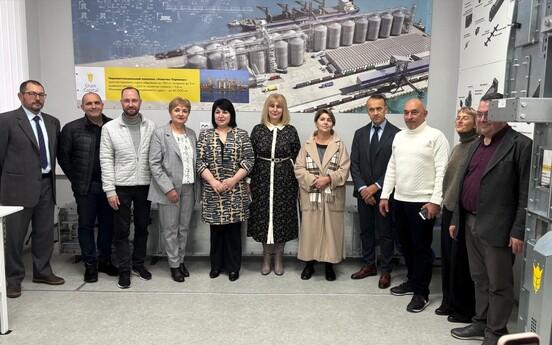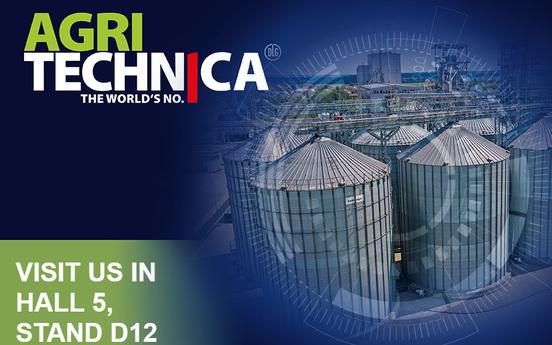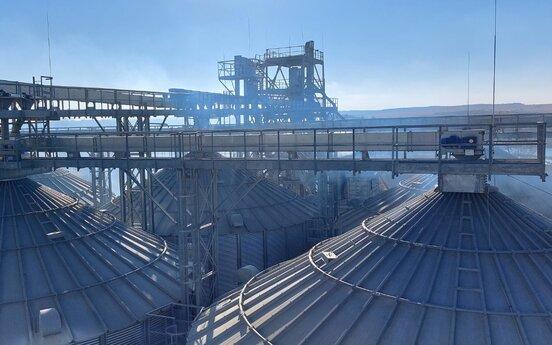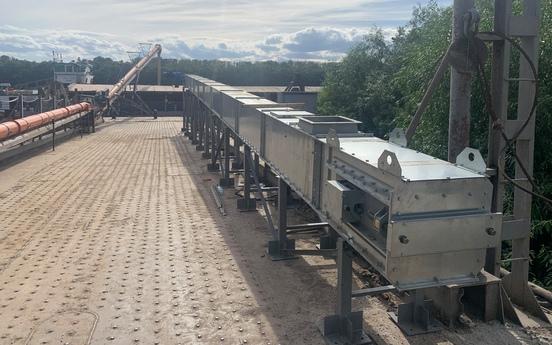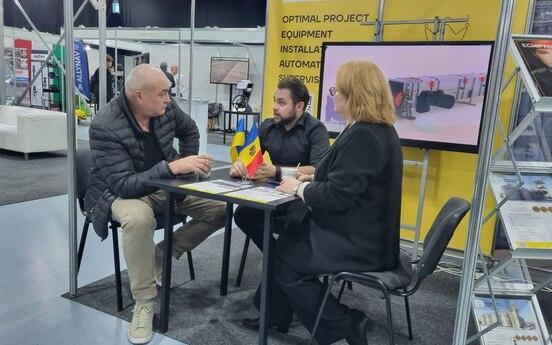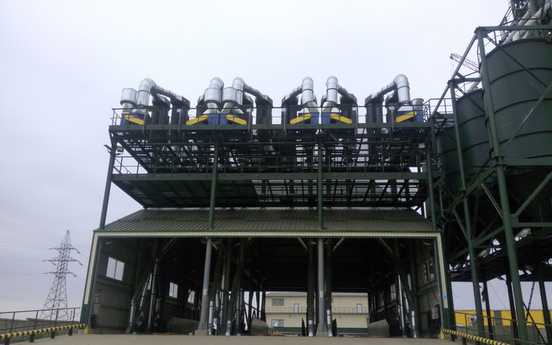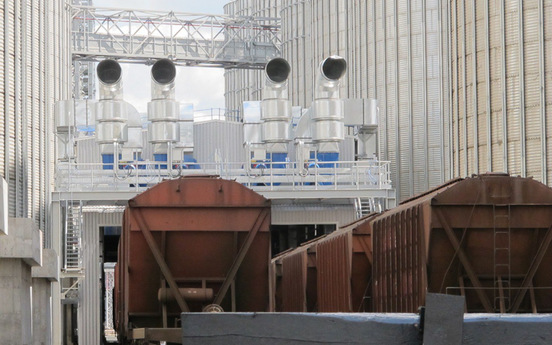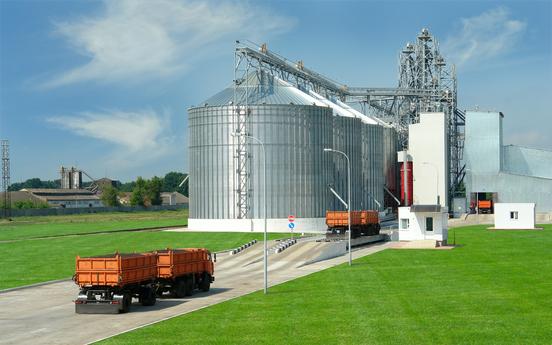The technical and technological level of the project and its role in the elevator's profitability

Technical and technological level of the project and its role in the formation of profit of the elevator
The grain industry today is one of the most attractive areas for investment. The demand for food products and Ukrainian grain in the world is constantly growing.
The desire to meet market needs has led to an increase in grain production in general and caused significant changes in the market structure.
Compared to the Soviet period, rapeseed production has increased significantly, and in recent years - corn production. The issues of handling and preserving growing volumes of grain have been actualized. Enterprises of the Soviet heritage of the elevator industry have considerable strength, but are increasingly losing part of their profits and profitability. First of all due to low degree of mechanization, high energy intensity, technical and moral aging of equipment.
In order to maintain competitiveness of warehouses, warehouses and grain elevators have to modernize, re-equip and even reconstruct their production base. The industry does not stand still: new elevator terminals are being built, new equipment for cleaning, drying and transportation of grain is being introduced, requirements to environmental safety of production are growing. Changes are also taking place in transportation logistics, with specialized heavy-duty road transport accounting for an increasing share of transportation.
In pursuit of quick profits, new terminals were until recently built most often for one or two monocultures. Technological peculiarities of different batches and crops were not taken into account. This approach led to unjustified losses of grain and funds: grain can be effectively stored in metal silos without additional measures and equipment for about three months; transshipment of corn grain using scraper conveyors along with ill-conceived height of grain discharge into the silo leads to a significant percentage of broken grain, which reduces the quality of the batch. The use of corn storage warehouses could solve the issue of broken corn, but has not yet attracted the attention of investors.
Technical generations of grain enterprises:
- The first generation - grain warehouses with a low degree of mechanization and automation.
- The second generation - reinforced concrete elevators with almost fully mechanized operations, relatively high energy intensity and low coefficients of equipment utilization efficiency.
- The third generation - grain storage facilities based on metal silos with almost fully mechanized operations and elements of automation of production processes, but often limited technological capabilities, especially for work with corn.
- The fourth generation - modern high-tech elevators applying advanced scientific approaches to compliance with production technology, taking into account the main trends in the development of grain technology for the next decade and meeting modern safety and environmental requirements.
To meet the modern needs of the elevator industry of Ukraine it is necessary to reconstruct and improve the technical level of about 70% of enterprises.
Let's return to the issue of grain enterprise competitiveness and its profitability. Why does the construction or operation of one grain enterprise bring real profit and another brings headaches and losses?
The main reason for high profitability of the elevator is a modern, thoroughly thought-out and qualitatively realized project. The higher the level of technical and technological solutions, the more perfect the system of production organization and management, the more rational the use of material resources laid down in the project, the more economically profitable the operation of the future enterprise will be.
Nowadays many companies are engaged in the design of grain facilities, demand gives birth to supply. Most often they are construction companies that do not specialize in grain elevators, but are interested in performing volumes of construction and installation works. And the scale and capabilities of design organizations vary considerably: from small firms with no more than two or three designers on their staff to large companies that can design several facilities of different directions and industries.
Grain Capital provides a comprehensive approach to the design and implementation of modern elevator solutions, in particular through the introduction of innovative technologies to improve the efficiency and profitability of elevators.
Modern design companies can be divided into three main groups:
- Small engineering companies are ready to carry out projects of any orientation, from cottage construction to oil storage facilities. Lack of clear specialization can lead to questionable quality of the project as a whole, especially due to possible inconsistency between different specialists and lack of integration of technical solutions. Coordination of work can be problematic, leading to longer project timelines.
- Medium-sized companies are able to perform the main part of the project independently, engaging related organizations only for specific sections. Such companies are highly specialized and perform their part of the project to a high standard. However, the quality of work of related organizations may not always meet standards. Coordination between different contractors is simplified, but core specialization comes to the fore.
- Large companies that offer a full range of design services can manage several diverse projects simultaneously. They have a large staff of professional designers and provide high quality documentation. The cost of design work can be significant due to the complexity and variability of technical solutions, but this is often compensated by optimization of transport and technological lines.
Design organizations also differ in their style of work and the scope of the project completed, among other things:
- Organizations producing "three-sheet projects". Projects may conform to general codes and standards, but often do not reflect all components with the necessary detail. This can lead to the discovery of unrecorded work and costs during construction, which increases the estimated cost.
- Professional organizations provide thoroughly developed designs with all necessary sections and materials. This avoids additional costs for adjustments and ensures the accuracy of the estimated cost.
As far as design in the grain industry is concerned, the quality of the project, cost and efficiency of the elevator depend to a large extent on the qualifications and experience of design technologists. A technologist determines key parameters of facilities and equipment, optimizes logistics of transportation systems and process routes, coordinates equipment performance and considers specifics of transportation and storage of different grain crops.
Grain Capital offers solutions for the design of modern grain facilities with a focus on innovative technologies and science-based methods. They use graph-analytical method to optimize the logistics of transport flows.
The simultaneous use of science and practice allows the technologist to:
- Employ the minimum amount of process equipment to perform an optimal set of operations.
- Harmonize the capabilities of the transport infrastructure of the enterprise location area and its receiving and dispatching facilities.
- Maximize the technical capabilities of the equipment.
- Minimize the cost of construction and operation of the grain complex (up to 30% savings).
- Reduce energy intensity of transportation and technological lines by 25%.
- Ensure high energy efficiency and environmental safety of production.
- Reduce the cost of storage by 20%.
If you are interested in minimizing costs through expert engineering and want a 4th generation grain elevator, contact the experts at Grain Capital. Our advice and assistance in prioritizing costs today or during operation will help you make the best use of your construction budget and ensure the best return on your investment.
The choice is yours!
